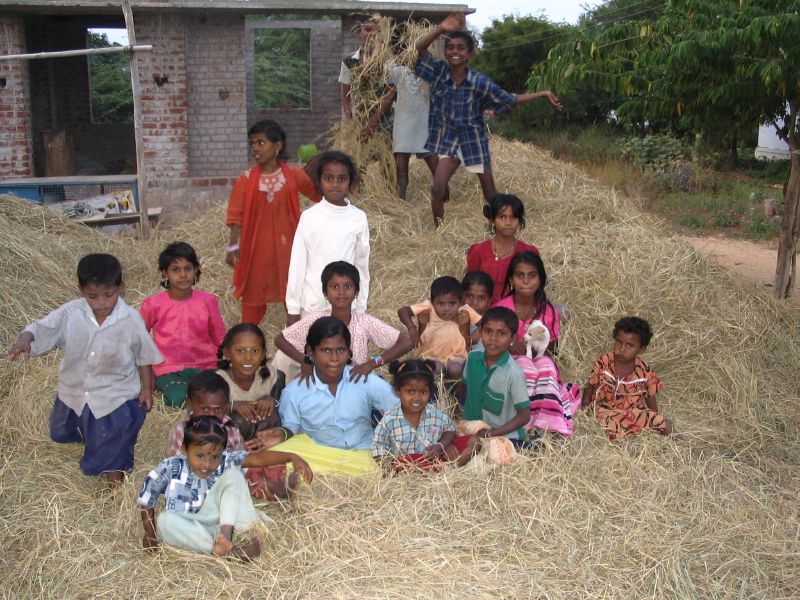SC/STs ahead of rest in child sex ratio
 Latest census data on scheduled castes and tribes shows that the trend of STs having the best sex ratios, and SCs too doing better than the non-SC/ST population continues to hold good. The trend suggests that ‘backwardness’ may actually work in favour of gender justice, presumably by denying access to sex determination techniques.
Latest census data on scheduled castes and tribes shows that the trend of STs having the best sex ratios, and SCs too doing better than the non-SC/ST population continues to hold good. The trend suggests that ‘backwardness’ may actually work in favour of gender justice, presumably by denying access to sex determination techniques.
Detailed data on SCs and STs from the 2011 census, released on Monday, showed that the child sex ratio (CSR) among tribal’s in India was 957, well ahead of the ratio of 933 among Dalits and 910 in the population excluding these two categories.
The pattern held well for most of the major states, though there were a few exceptions and the degree of variation between the different groups also varied across states.
The CSR, which measures the number of girls aged 0-6 years for every 1,000 boys of the same age, is a better indicator than the overall sex ratio for several reasons. Primary among these is the fact that the overall sex ratio is distorted by the predominantly male inter-state migration which boosts the sex ratio in states from which there is a net out migration and reduces it in states which receive a lot of migrants. Also, since women typically live longer than men, this too can make the overall sex ratio present an unduly rosy picture.
Of the five states with the worst CSR – Haryana, Punjab, Jammu & Kashmir, Delhi and Gujarat – Haryana, Punjab and Delhi have no ST population. In these states, therefore, we could only compare the SC and non-SC populations and the pattern is clear. In each of them, the CSR among Dalits was significantly better than among the non-SC/ST population.
In Jammu & Kashmir and Gujarat, the pattern of STs doing best on this parameter followed by SCs and then the non-SC/ST population held up. In Gujarat, the CSR for the ST population was nearly 80 points higher than for the ‘general’ population, and in J&K the gap was close to 60.
The exceptions to the trend are the three southern states of Kerala, Tamil Nadu and Andhra Pradesh and Assam in the northeast. In each of these states, the CSR for STs was lower than that for SCs or for the non-SC/ST population. However, in all of them, all the ratios were among the best in the country.
What leads us to suggest that this pattern might have something to do with ‘backwardness’ denying access to sex determination? That’s because other CSR measures too point in the same direction. Thus, the urban CSR is worse than the rural one in most states. Similarly, states generally regarded as backward, such as Bihar, Odisha, Jharkhand and Chhattisgarh, do better than ‘developed’ ones such as Punjab, Haryana and Gujarat.
There is, to be fair, also a regional pattern with the south and the east clearly outperforming the north and the west. So it appears that cultural factors also have an important role to play.
Source: The Times of India





